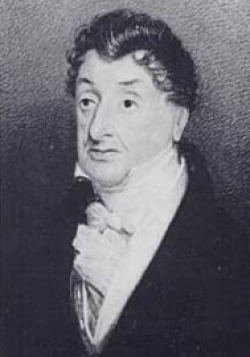Robert Chessher

- Born
- Unknown
Unfortunately, very little is documented about Robert Chessher. He had no successors, and his methods and results were never properly recorded. However, what we do know is that he was a physician who worked to create new inventions when other options weren't available for his patients. He lived in 1750-1831.
Born in Hinckley, UK, Chessher lost his father at an early age and only got a basic education at his local school. However, a turn of events meant that his mother got remarried to a surgeon, and this was all Chessher needed to spur him on into pursuing a career in medicine himself.
When he was old enough, Chessher went to London to become a pupil of Dr. Denman, who was an eminent accoucheur (male midwife) at the time. Following this he gained his medical degree from the University of Aberdeen and immediately took interest in the treatment of deformed patients.
After showing an early aptitude for creating novel ways to support broken bones, he spent the coming years back in his home town inventing a number of innovative techniques to aid the care of his patients. Bringing an element of engineering to his practice, his inventions became both extremely successful and sought after.
To bring his ideas to life Chessher would hire mechanics to build them and fit them properly to patients. One of his best and most useful inventions was his double-inclined plane, which allowed doctors to treat patients with a fractured femur in a more comfortable and easy manner. He also created what was called the Chessher’s collar, a spinal brace that effectively reduced the weight bearing down on the spine, making life and recovery more comfortable for a lot of patients.
Chessher’s reputation expanded rapidly as more and more people heard about his life-changing contraptions. People would travel from miles around just to be treated by him. Once, the population of his town increased by 50% just because of an influx of hopeful and desperate patients.
Sadly, regardless of his continued efforts and in spite of his popularity, a hospital was never established for him and his patients. He seemed to be a well loved man and an incredible doctor. He never married and after resisting many offers and chances to return to London, he died in Hinckley in early 1831.



